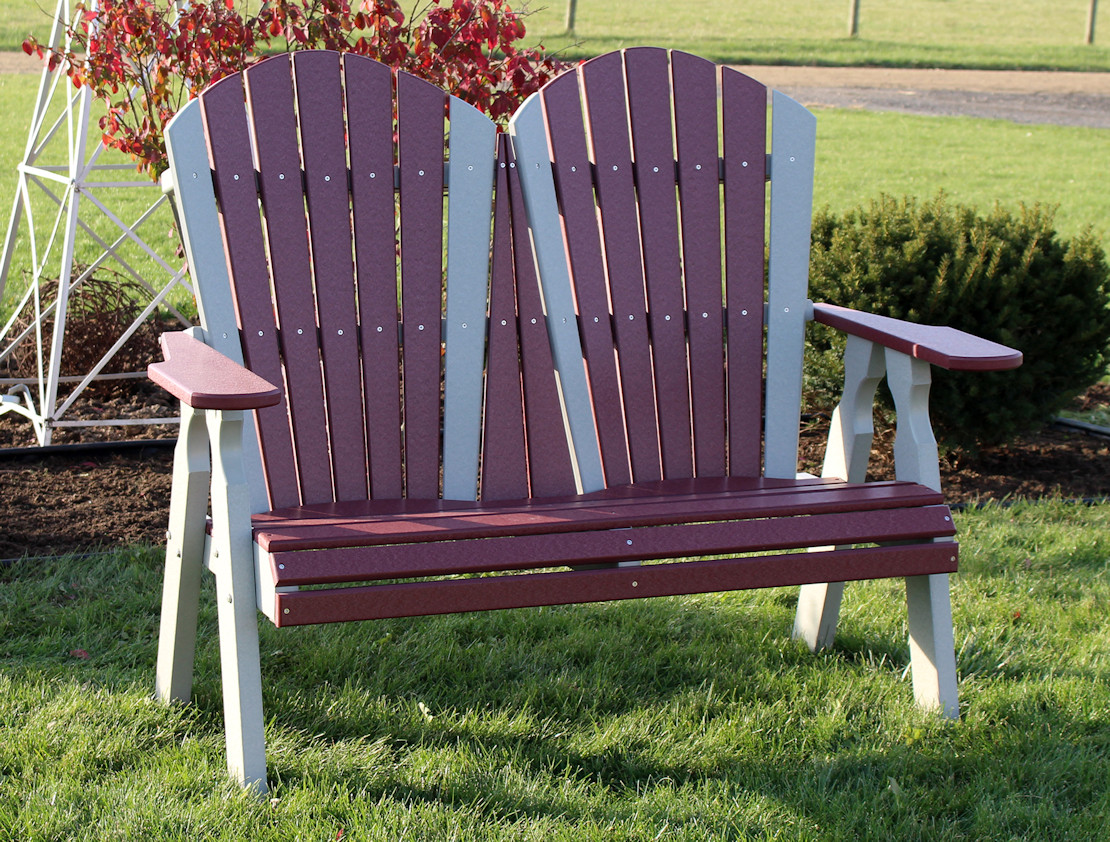Selecting high-quality outdoor furniture is crucial to ensure its durability, longevity, and overall satisfaction with your outdoor living space. When comparing different options for outdoor and Amish wood furniture, it’s essential to consider factors such as quality, durability, craftsmanship, and materials. We will explore these key aspects and provide insights on how to evaluate outdoor furniture quality effectively. By understanding what to look for, you can make an informed decision and invest in outdoor furniture that will withstand the elements and provide years of enjoyment.
What are the key factors to consider when comparing the quality of outdoor furniture?
These are some of the factors to consider for outdoor furniture quality:
- Construction: Look for well-constructed pieces with sturdy frames, solid joints, and minimal wobbling or movement. Welded aluminum frames or hardwood frames with mortise and tenon joinery are indicators of high-quality construction.
- Materials: Examine the materials used, ensuring they are weather-resistant, durable, and suitable for outdoor use. Opt for materials like teak, aluminum, stainless steel hardware, or high-density polyethylene (HDPE) for their ability to withstand the elements.
- Finishes: Finishes play a vital role in protecting outdoor furniture from UV rays, deep penetrating stains, moisture, and fading. Look for durable and high-quality finishes, such as powder coating or UV-resistant paints, that provide long-lasting protection.
How can one evaluate the durability and longevity of outdoor furniture before making a purchase?
Evaluating the durability of outdoor furniture requires careful consideration of the following factors:
- Weather Resistance: Outdoor furniture should be able to withstand different weather conditions. Look for materials that are resistant to rust, corrosion, fading, and cracking. For example, teak and HDPE are known for their exceptional weather resistance.
- Maintenance Requirements: Consider the maintenance needs of the furniture. Low-maintenance options, such as stainless steel hardware or HDPE furniture, require minimal upkeep compared to wood or wrought iron.
- Warranty: Check if the furniture comes with a warranty, as it reflects the manufacturer’s confidence in its durability. A longer warranty period generally indicates better quality and longevity.
What are the indicators of fine craftsmanship in outdoor furniture?
Are you wondering how to assess the craftsmanship of outdoor furniture? There are a few indicators to look for:
- Attention to Detail: Well-crafted outdoor furniture will display meticulous attention to detail, such as smooth finishes, consistent stitching, and properly aligned components.
- Joinery Techniques: High-quality furniture often incorporates strong joinery techniques, such as stainless steel bolts and hardware. These methods ensure solid connections and reinforce the furniture’s durability.
- Overall Structural Integrity: Inspect the furniture for stability, balance, and structural integrity. It should feel sturdy and robust, with no wobbling or weak points.
How does the choice of materials impact the quality and performance of outdoor furniture?
The choice of materials greatly affects the quality and performance of outdoor furniture. Comparing materials in outdoor furniture construction can help you make a decision on the type of furniture you’d like. Consider the following popular materials and their characteristics:
- Teak: Teak is highly regarded for its natural beauty, durability, and resistance to rot, insects, and weather. It requires minimal maintenance and develops a desirable silver-gray patina over time.
- Wrought Iron: Wrought iron offers a classic and elegant look, known for its strength and durability. Properly coated and maintained, it can withstand harsh weather conditions.
- Aluminum: Aluminum is lightweight, rust-resistant, and requires minimal maintenance. Look for furniture with a powder-coated finish, which adds durability and enhances its resistance to UV rays.
- HDPE (High-Density Polyethylene): HDPE is a synthetic material used in high-quality outdoor furniture. It is resistant to moisture, fading, and cracking, and requires little or no maintenance.
- Outdoor wood: Pressure treated pine, cedar, and cypress. Also requires little to no maintenance.
Conclusion
When comparing outdoor furniture quality, it’s important to consider factors such as construction, materials, finishes, durability, craftsmanship, and weather resistance. By evaluating these aspects before making a purchase, you can ensure you invest in outdoor furniture that will withstand the elements, provide long-lasting enjoyment, and enhance the beauty of your outdoor living space. At Mary Jane’s Solid Oak Furniture, we offer a wide selection of poly furniture and pressure treated pine wood furniture. Remember to choose materials and craftsmanship that align with your needs, preferences, and maintenance capabilities to make the most informed decision possible.

